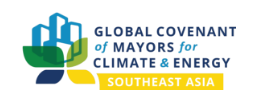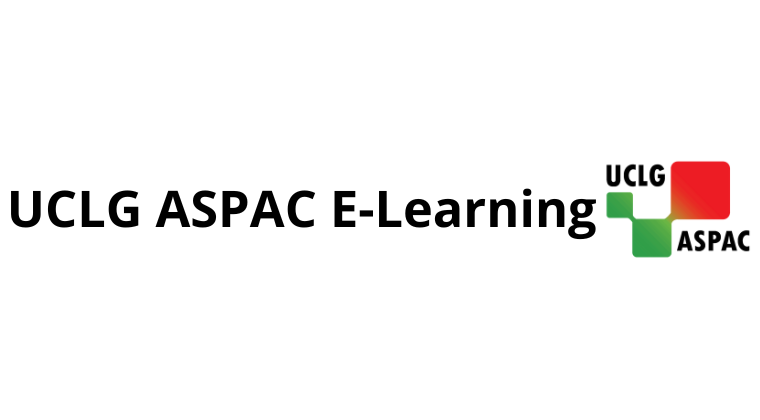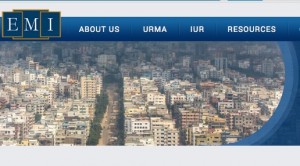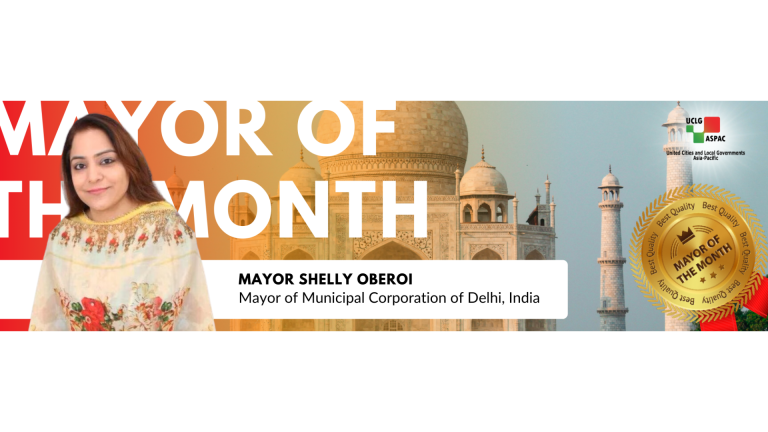Safe Cities
Safe Cities is a specialization course that provides an overview of sound disaster risk management practice for local government policymakers, urban managers, planners, and disaster management professionals. It discusses the inter-linkages of the social and physical parameters of vulnerability in cities and municipalities with their local government development, organization, and management. It explains the impediments to disaster risk reduction in urban environments and then presents the key concepts of disaster risk management and the role and intervention of local institutions. It emphasizes that disaster risk reduction only takes place when it is inherently integrated within local government functions.
Course Objectives
This specialization course addresses the particular concerns of urban managers and planners. It reviews processes, regulations – land use, infrastructure, construction, building codes – enforcement issues and methods essential to reducing exposure
to hazards and limiting the physical vulnerability of high density settlements.
Target Audience
This course is offered to disaster risk management professionals, development practitioners, government officials, policymakers, consultants, researchers and specialists of training and academic institutions, NGO representatives, humanitarian and community leaders, who are interested in acquiring fundamental knowledge on DRM and their linkages to sustainable development challenges.
Course Contents
The course consists of an introduction, the basic learning materials and a discussion forum to facilitate the learning via interaction with program faculty. The introduction includes a short course description, review of learning objectives and outcomes, and a summary of main issues. The basic learning materials consist of 30 to 35 minute slide show presentations, case studies and readings, quizzes, a final exam and an end of the course project.
The course provides three case studies to illustrate different approaches to disaster risk reduction, the related organizational, institutional and financial parameters, and how these experiments have supported sustainable development goals in different cities.
Disaster Risk and Its Management in the context of Local Government
Establishes the relationship between disaster and urbanization by explaining the elements that determine vulnerability in cities, in particular vulnerabilities related to the built environment, population and institutions. It relates the vulnerabilities to typical local governmental organizational functions such as urban planning, public works and social services. It then explains the impediments to disaster risk reduction and their consequences. It argues that decentralization is critical to achieving disaster risk reduction, and that it is the cumulative contribution of all the active agents of a community that reduces risk and develops safer cities within a sustainable development process.
Principles and Components of Disaster Risk Management
Discusses the elements of ‘;sound’ urban disaster risk management at the local level. It defines the role of local government in the integration of disaster management within the functional structures of government. The concept of Integrated Disaster Risk Management (IDRM) is proposed as a model for implementing a systematic and systemic disaster management program for cities (particularly large and complex urban agglomerations).
The session also explains the importance of disaster risk assessment (DRA) and discusses the available tools, such as scenario analysis and risk mapping, for quantifying risk and understanding its demands on the community.
Developing and Implementing a City-wide Disaster Risk Reduction Agenda
Focuses on the implementation of a disaster risk reduction agenda for a city. It presents a framework based on four core objectives: coherent public policies, institutional commitment, mitigation and a culture of prevention.
The Disaster Risk Management Master Plan (DRMMP) model is provided as an implementation mechanism to achieve these objectives. DRMMP is driven by the risk parameters developed in disaster risk assessment, that is, by the ‘;demand’ from the disaster and not by the available resources. It allows for the development of four action plans: Response and Recovery, Preparedness, Mitigation and Institutional Building. http://tinyurl.com/safecities2011
Course Faculty
Dr. Fouad Bendimerad: Program Director
Dr. Eng. Bendimerad is the Chairman of the Board of EMI. He has served as consultant and advisor on risk management to several international organizations, governments and corporations, including the World Bank, and United Nations organizations.
He also served as Principal Scientist to RMS, a California corporation and leader in the development of risk assessment models for the global insurance industry. Further, he served as a faculty of the School of Engineering at Stanford University and directed the University’s seismic reduction program, which received the ATC-ENR (Applied Technology Council and Engineering News Record) award of one of the ten top seismic projects in the country.
Dr.Antonio L. Fernandez: Subject Matter Expert
Dr. Fernandez was for many years with the United Nations Centre for Regional Development in Nagoya, Japan as international expert doing research and training in the field of environmental planning and management in developing countries. He worked with the Earthquake Disaster Mitigation Research Center in Kobe where he did a comparative study of disaster-related science and technology policies and became involved in disaster risk management master planning in Manila. After a finishing a contract with EMI as principal scientist, he undertook consultancies with ADB, UNDP, UNISDR and NGOs. He helped draft the strategic national action plans for disaster risk reduction of the Philippines, Maldives, Brunei and Afghanistan.
Recently, Dr. Fernandez was involved in the formulation of the National Framework Strategy for Climate Change in the Philippines. He was also engaged in a project to integrate a CCADRR framework in the geotechnical review and environmental impact assessment of relocation sites in Taguig City, Philippines under AusAID funding.
Ms. Maria Matilde Go: Facilitator
Ms. Go is the Assistant Chief of the Local Fiscal Resource Development Division of Department of Interior and Local Government. She served as a visiting researcher in the Asian Disaster Reduction Centre in Kobe Japan. She has had extensive experience in disaster risk management, online facilitation, development management, policy review and development and networking and coalition work.
Course Policies
Language: All teaching and reference materials are in English. Participants must be fully conversant in English.
Course Fee
US $250.00
Discounts are available through group enrollment to encourage institutional learning.
Course Schedule
7 November- 3 December 2011
Online registration only. Kindly visit this link and fill in the
application at http://tinyurl.com/safecities2011
Deadline of Application: For November schedule: November 2, 2011
Additional instructions on registration and payment procedure will be sent via e-mail, so please check your e-mail regularly.
Contact Details: Mr. Jose Mari Daclan, Program Manager
ndrmp@emi-megacities.org
www.emi-megacities.org











